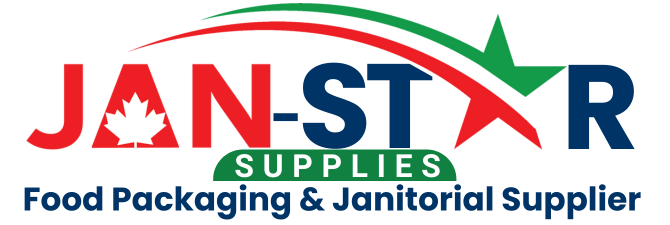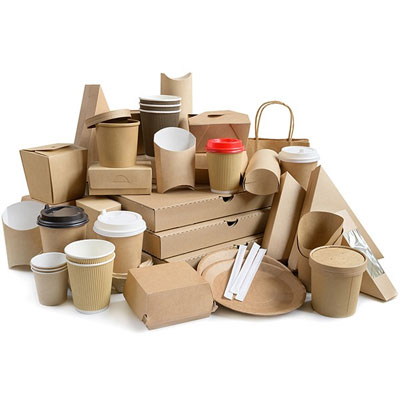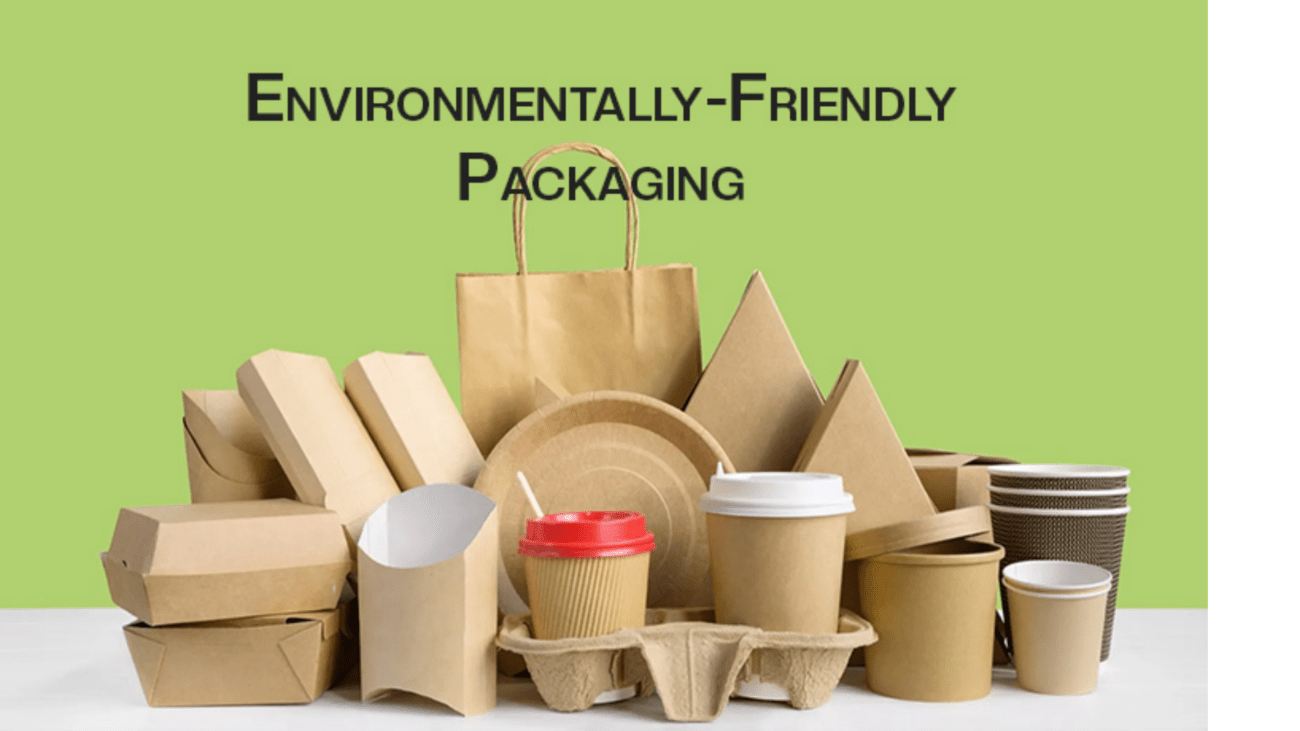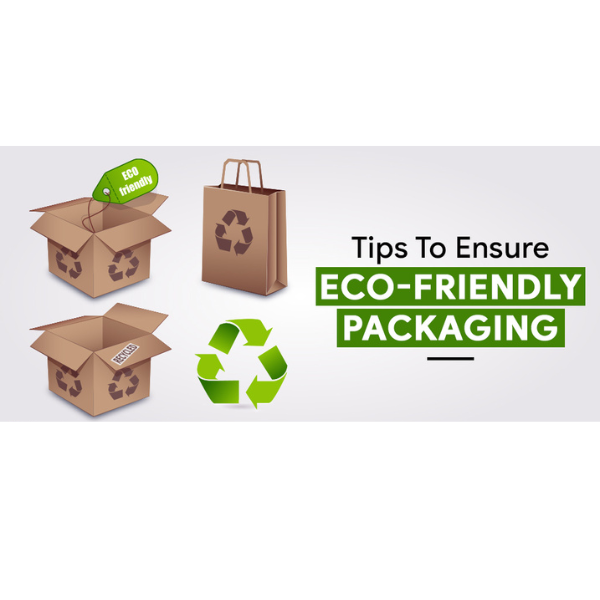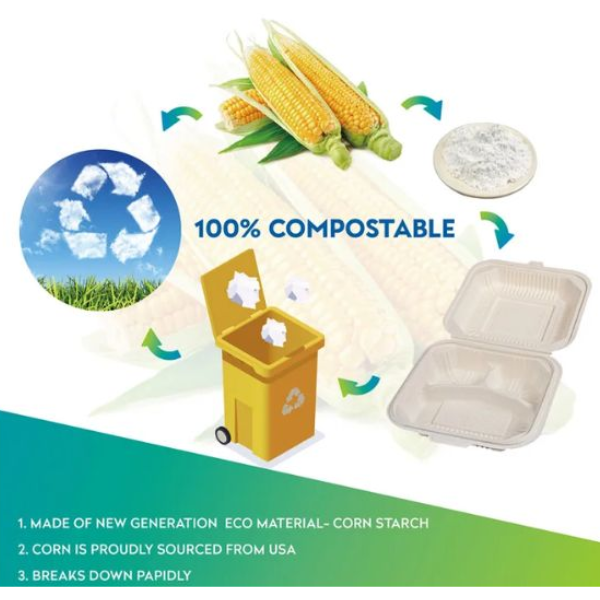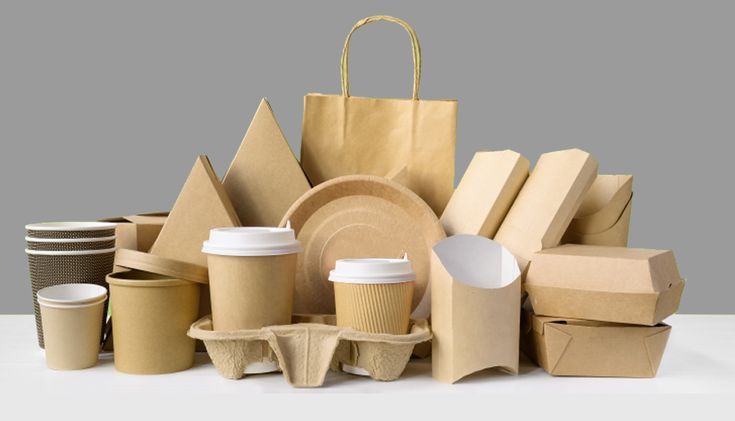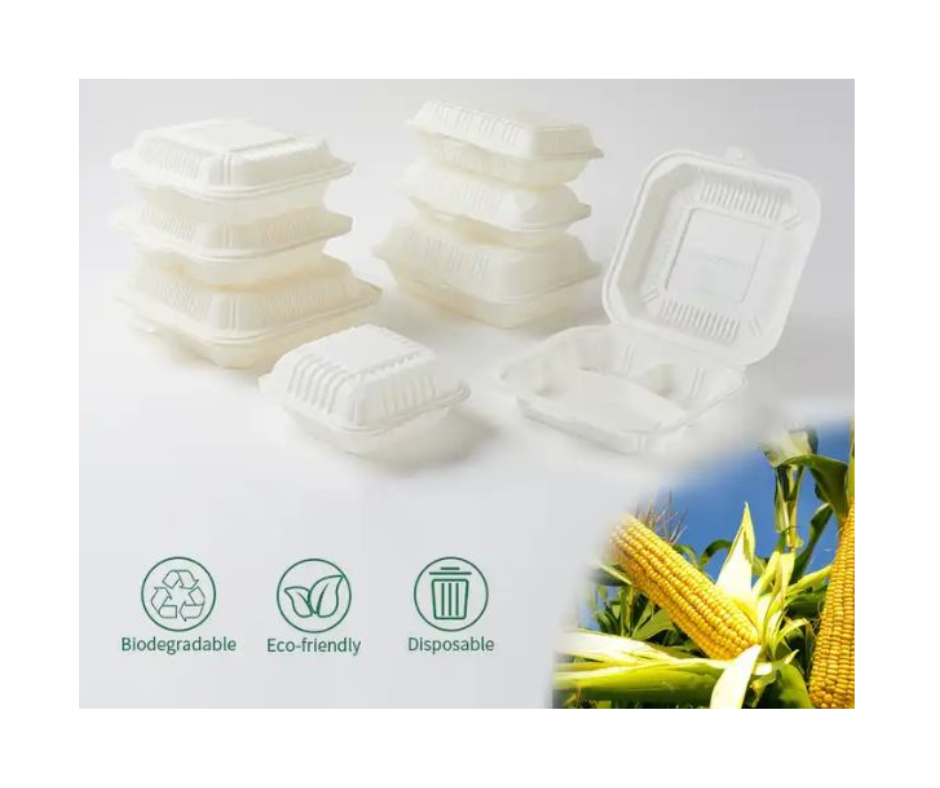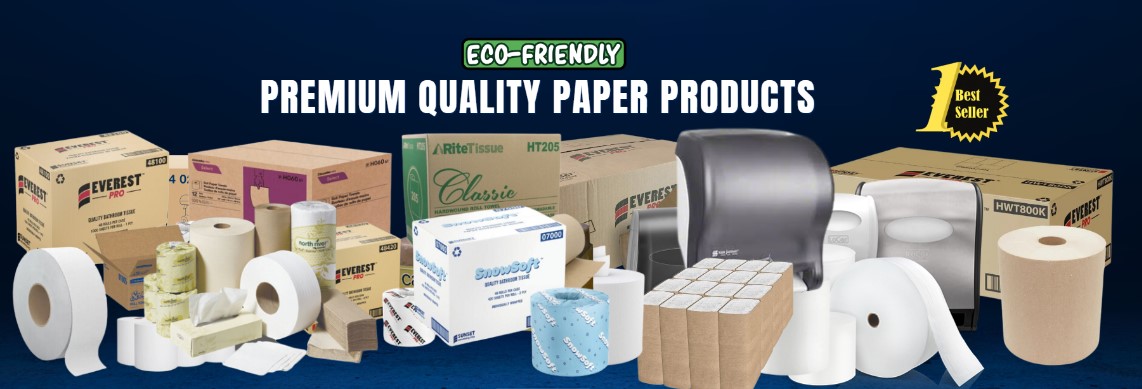The Importance of Eco-Friendly Food Packaging
In an era where sustainability is becoming increasingly crucial, adopting eco-friendly food packaging supplies is no longer just a trend—it’s a necessity. For businesses in Ontario, making the switch to sustainable packaging solutions can offer numerous benefits, from enhancing brand reputation to contributing to environmental conservation. This guide delves into the advantages of eco-friendly food packaging, explores various sustainable materials, and provides tips for making the transition smoothly.
Why Sustainability Matters
Eco-friendly food packaging plays a pivotal role in reducing the environmental impact of the food industry. Traditional packaging materials, such as plastics and non-recyclable materials, contribute significantly to pollution and landfill waste. In contrast, sustainable packaging solutions are designed to minimize environmental harm, reduce waste, and support a circular economy.
Benefits for Businesses and the Planet
- Reduced Environmental Impact: Eco-friendly packaging materials are often biodegradable, compostable, or recyclable, helping to decrease landfill waste and lower carbon footprints.
- Enhanced Brand Image: Consumers are increasingly prioritizing sustainability. Businesses that adopt eco-friendly packaging can attract environmentally conscious customers and enhance their market appeal.
- Compliance with Regulations: As environmental regulations tighten, adopting sustainable practices ensures that businesses remain compliant with current and future legislation.
Types of Eco-Friendly Food Packaging Materials
Biodegradable Packaging
Biodegradable packaging is designed to break down naturally over time, reducing the long-term impact on the environment. These materials decompose into natural substances, minimizing waste.
- Examples: Cornstarch-based containers, biodegradable films, and compostable trays.
- Benefits: Decomposes quickly in industrial composting facilities, reducing landfill accumulation.
Compostable Packaging
Compostable packaging goes a step further by breaking down into nutrient-rich compost, which can be used to enrich soil. This type of packaging is ideal for organic waste management.
- Examples: Paper products coated with compostable materials, compostable bags, and food containers made from plant fibers.
- Benefits: Leaves no toxic residue, supports soil health, and is suitable for organic waste programs.

Recycled Materials
Using recycled materials in food packaging helps to conserve resources and reduce the demand for virgin materials. This approach supports a circular economy where materials are reused and recycled.
- Examples: Recycled paperboard, post-consumer recycled plastic, and reclaimed aluminum.
- Benefits: Reduces the need for new raw materials and lowers the environmental footprint of packaging.
Plant-Based Plastics
Plant-based plastics, also known as bioplastics, are derived from renewable resources such as corn or sugarcane. These materials offer a more sustainable alternative to conventional plastics.
- Examples: PLA (Polylactic Acid) containers, plant-based cutlery, and biofilm wraps.
- Benefits: Made from renewable resources and often biodegradable or compostable.
Implementing Eco-Friendly Packaging Solutions
Evaluating Your Packaging Needs
Before transitioning to eco-friendly packaging, assess your current packaging materials and processes. Identify areas where sustainable options can be implemented without compromising functionality or product integrity.
Selecting the Right Materials
Choose materials that align with your product requirements, such as durability, moisture resistance, and shelf life. Ensure that the selected eco-friendly options meet industry standards and are suitable for food contact.
Communicating Your Commitment
Effectively communicate your shift to eco-friendly packaging to customers. Highlight the benefits and environmental impact of your new packaging through marketing materials, product labels, and your website. Transparency in your sustainability efforts can enhance customer trust and loyalty.
Training and Integration
Educate your team about the benefits and proper handling of new packaging materials. Integrate eco-friendly packaging into your operations smoothly, addressing any logistical challenges and ensuring that all staff are aware of the changes.

Challenges and Considerations
Cost Implications
Sustainable packaging options can sometimes be more expensive than traditional materials. Evaluate the cost benefits in the long term, considering factors such as reduced waste disposal fees and potential savings from improved brand loyalty.
Compatibility with Existing Systems
Ensure that new packaging materials are compatible with your existing packaging and distribution systems. Test for compatibility with automated machinery and verify that the materials maintain product quality.
Consumer Education
Educate consumers on how to properly dispose of or recycle eco-friendly packaging. Clear instructions on disposal or composting can maximize the environmental benefits of your packaging choices.
Conclusion: Embracing a Sustainable Future
Adopting eco-friendly food packaging supplies is a vital step towards creating a more sustainable and responsible business. By choosing biodegradable, compostable, recycled, or plant-based materials, food packaging suppliers in Ontario can reduce their environmental impact, enhance their brand image, and contribute to a greener future. Embrace the change and make a positive difference with eco-friendly packaging solutions that benefit both your business and the planet.
